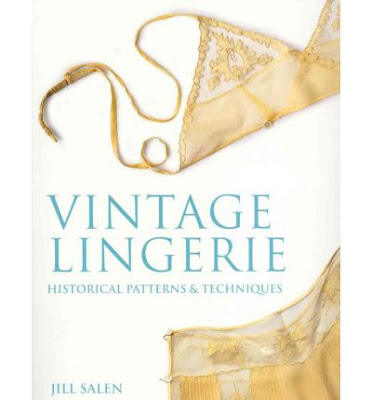Review: An Agreeable Tyrant

I ordered "An Agreeable Tyrant": Fashion after the Revolution the moment that Alden O'Brien posted about its availability on Facebook. Full disclosure: I borrowed this picture of the cover from 2NHG but did not hotlink it The eponymous exhibition opened this month at the Daughters of the American Revolution Museum in Washington, D.C. and will run until April 2017: it focuses on American men's and women's dress from the end of the Revolutionary War to 1830. And you really want its catalogue! Not only does it have beautiful photography of the exhibition, it features a number of well-cited essays on the period that are great reading. The book opens with "After the Revolution: Aspirations and Ambivalence," by the DAR Museum's curator of costume and textiles, Alden O'Brien, on the subject of Federal-period Americans' difficult feelings for fashion as they attempted to balance a desire for luxury with moral concerns (and also dealing wit...












